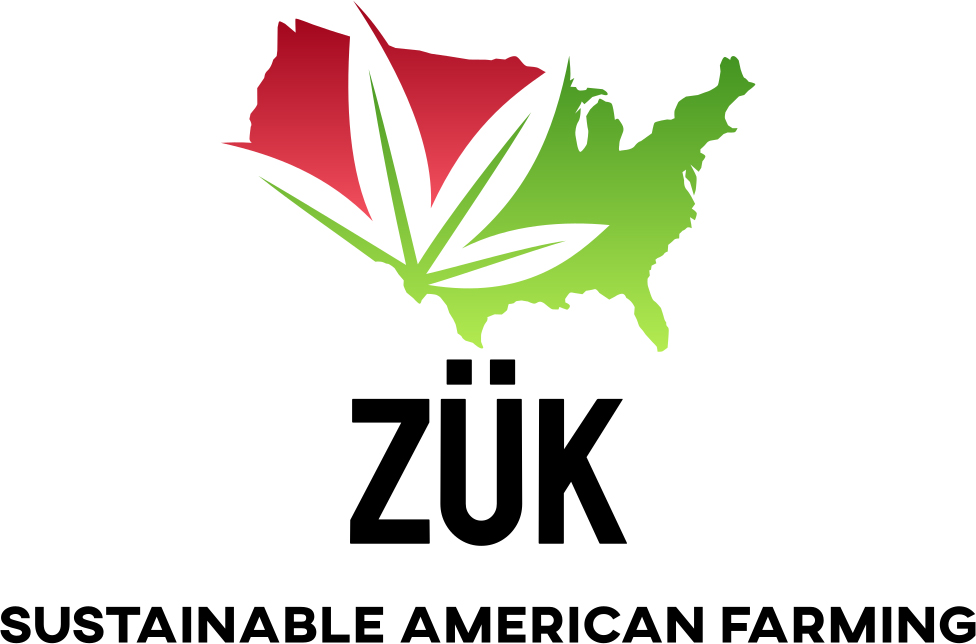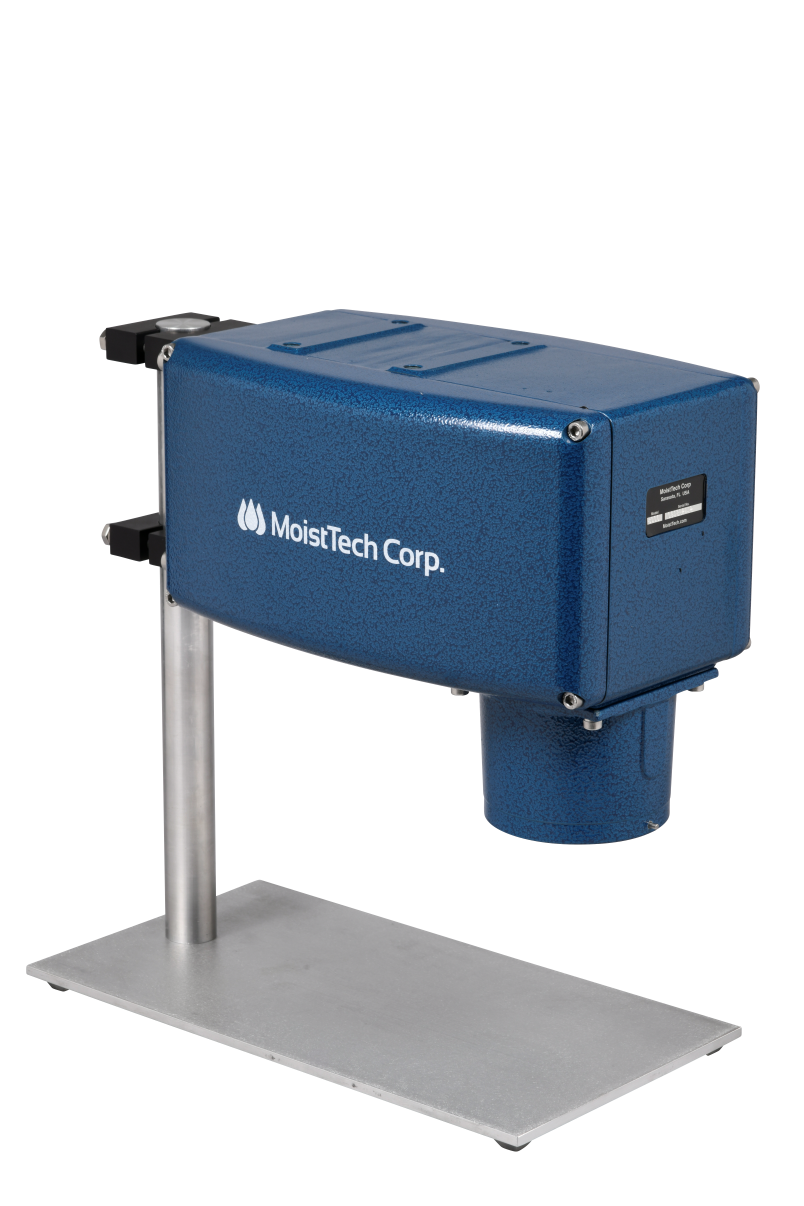Combined Heat and Power Market worth $41.48 billion by 2030 | MarketsandMarkets™ – Yahoo Finance

Market Overview and Growth Projections for Combined Heat and Power (CHP)
Market Forecast
The global Combined Heat and Power (CHP) market is projected to experience significant growth, expanding from an estimated USD 32.02 billion in 2025 to USD 41.48 billion by 2030. This represents a Compound Annual Growth Rate (CAGR) of 5.3% during the forecast period. The expansion is indicative of a global shift towards more sustainable and efficient energy systems.
Key Drivers and Alignment with Sustainable Development Goals (SDGs)
The growth of the CHP market is propelled by several factors that align closely with the United Nations’ Sustainable Development Goals (SDGs). These drivers underscore the critical role of CHP technology in achieving global sustainability targets.
- Energy Efficiency and Climate Action (SDG 7 & SDG 13): The primary driver is the increasing demand for energy efficiency. CHP systems capture and utilize heat that would otherwise be wasted in conventional power generation, significantly reducing primary energy consumption and greenhouse gas emissions, thereby contributing directly to SDG 7 (Affordable and Clean Energy) and SDG 13 (Climate Action).
- Reliable Power for Sustainable Infrastructure (SDG 9 & SDG 11): Expanding urban infrastructures and industrial processes place a heavy load on global power systems. CHP provides a reliable and resilient power source, which is essential for developing sustainable industry, innovation, and infrastructure (SDG 9) and making cities and human settlements inclusive, safe, resilient, and sustainable (SDG 11).
- Modernization and Smart Energy Systems: The need to upgrade aging power generation units in developed nations and meet high energy demand in developing economies is accelerating the adoption of intelligent, IoT-based CHP solutions. This modernization is supported by government energy efficiency standards and the global adoption of smart energy systems.
Segment Analysis: Microturbines
Growth Projections
The microturbine segment is anticipated to register the highest CAGR within the CHP market during the forecast period. This growth is attributed to its unique characteristics that make it suitable for modern energy demands.
Contribution to Sustainable Infrastructure (SDG 9 & 11)
Microturbine technology is a key enabler for building resilient and sustainable infrastructure, directly supporting the objectives of SDG 9 and SDG 11.
- Compact and Efficient Design: Their compact size and high efficiency make microturbines ideal for space-constrained urban environments, aligning with the needs of smart cities and sustainable urbanization.
- Enhanced Reliability and Resilience: Microturbines offer high reliability and greater resilience to extreme weather conditions compared to larger systems. This makes them highly desirable for critical infrastructure such as hospitals, commercial buildings, and remote installations, enhancing community resilience.
- Integration with Renewables: The growing trend of incorporating renewable energy sources into distributed energy systems favors the adoption of microturbines, further advancing the goals of SDG 7.
Regional Market Analysis: Asia Pacific
Market Leadership
The Asia Pacific region is forecasted to be the largest market for Combined Heat and Power during the forecast period. The region’s rapid industrialization and urbanization create a substantial demand for efficient and reliable energy solutions.
Factors Driving Regional Growth and SDG Alignment
Several factors are driving the adoption of CHP in the Asia Pacific, reflecting the region’s commitment to sustainable development.
- Government Policies and Regulations: A strong emphasis on energy efficiency, coupled with stringent environmental regulations and supportive policies for clean energy, is accelerating market growth, in line with SDG 7 and SDG 13.
- Infrastructure Modernization: Significant investments in modernizing power infrastructure, advancing smart grid technologies, and integrating renewable energy sources are encouraging the adoption of innovative CHP systems.
- Industrial and Commercial Demand: The presence of extensive manufacturing facilities and expanding commercial developments increases the demand for uninterrupted power, positioning CHP as a critical technology for sustainable industrialization (SDG 9).
Key Market Players and Corporate Strategies
Major Industry Participants
The CHP market is characterized by the presence of several major global players. The primary strategies employed by these companies include acquisitions, product launches, partnerships, and expansions to strengthen their market position.
- Siemens Energy
- GE Vernova
- Wärtsilä
- Veolia
- MITSUBISHI HEAVY INDUSTRIES, LTD.
Corporate Profiles
- GE Vernova (US): A global leader in power generation solutions, GE Vernova provides CHP services through its Power segment. The company’s portfolio includes steam power technology, motors, generators, and automation equipment for energy-intensive sectors. With a strong global presence across North America, Europe, Asia Pacific, the Middle East, and Africa, GE Vernova operates 38 manufacturing facilities for its power segment worldwide.
- Siemens Energy (Germany): A technology company focused on electrification, automation, and digitalization. Siemens Energy offers CHP solutions through its Gas Services business area. The company’s portfolio includes gas and steam turbines, generators, and electrical systems for central and distributed power generation. Siemens Energy has a significant presence in over 90 countries and is actively developing next-generation gas turbines to enhance energy efficiency and support the global energy transition.
Analysis of Sustainable Development Goals in the Article
1. Which SDGs are addressed or connected to the issues highlighted in the article?
- SDG 7: Affordable and Clean Energy: The article’s core subject is the Combined Heat and Power (CHP) market, a technology focused on improving energy efficiency. It directly addresses the need for “energy efficiency and reliable power generation” and mentions the “integration of renewable energy sources” and “clean energy adoption.”
- SDG 9: Industry, Innovation, and Infrastructure: The text highlights the modernization of infrastructure, such as upgrading “aging power generation units” and advancing “smart grid technologies.” It discusses the role of innovative technologies like microturbines and IoT-based monitoring systems in industrial and commercial settings to ensure “uninterrupted power.”
- SDG 11: Sustainable Cities and Communities: The growth of the CHP market is linked to “expanding urban infrastructures” and the “rapid growth of urbanization and smart cities.” The article also points out the need for resilient power systems in “densely populated regions” and for “critical infrastructures such as commercial buildings, hospitals.”
- SDG 13: Climate Action: By focusing on energy efficiency, promoting “clean energy adoption,” and responding to “stringent environmental regulations,” the adoption of CHP technology contributes to mitigating climate change, which is the central aim of SDG 13.
2. What specific targets under those SDGs can be identified based on the article’s content?
-
Target 7.3: By 2030, double the global rate of improvement in energy efficiency.
- The entire article is premised on the growth of CHP, a technology whose primary benefit is energy efficiency. The text states that the market is expanding due to the “growing demand for energy efficiency.”
-
Target 7.a: By 2030, enhance international cooperation to facilitate access to clean energy research and technology… and promote investment in energy infrastructure and clean energy technology.
- The article describes a global market with significant investments in “modernizing power infrastructure” and “supportive policies for clean energy adoption,” particularly in the Asia Pacific region.
-
Target 9.1: Develop quality, reliable, sustainable and resilient infrastructure… to support economic development and human well-being.
- The article emphasizes the need for “reliable power generation” and highlights that microturbine technology provides “more resiliency when subject to intense weather conditions,” which is crucial for critical infrastructure.
-
Target 9.4: By 2030, upgrade infrastructure and retrofit industries to make them sustainable, with increased resource-use efficiency and greater adoption of clean and environmentally sound technologies.
- The market growth is driven by the need to upgrade “aging energy systems” and the adoption of “innovative CHP systems for enhanced reliability and performance” in industrial processes and commercial developments.
-
Target 11.b: By 2030, substantially increase the number of cities and human settlements adopting and implementing integrated policies and plans towards… resilience to disasters…
- The article notes that CHP systems, especially microturbines, are desirable in critical urban infrastructures because they are “less susceptible to reduced maintenance, and provides more resiliency when subject to intense weather conditions.”
3. Are there any indicators mentioned or implied in the article that can be used to measure progress towards the identified targets?
- Financial Investment in Energy Efficiency: The article provides a clear financial indicator of investment in efficient energy technology. It states the market is “anticipated to grow from estimated USD 32.02 billion in 2025 to USD 41.48 billion by 2030, at a CAGR of 5.3%.” This growth directly reflects progress towards adopting energy-efficient technologies (Target 7.3 and 9.4).
- Adoption of High-Efficiency Technology: The article’s focus on CHP as a “high efficiency” solution and the projected growth of the microturbine segment due to its “high efficiency applications” serve as qualitative indicators of progress in energy efficiency (Target 7.3).
- Integration of Renewable Energy: The text mentions a “growing trend to incorporate more renewable energy sources in the systems” as a factor influencing the market. This implies an increase in the share of renewable energy, which is a key indicator for Target 7.2.
- Infrastructure Modernization Rate: The push to upgrade “aging power generation units” and “aging energy systems” in both developed and developing economies implies a rate of modernization, which can be seen as an indicator of progress towards more resilient and sustainable infrastructure (Target 9.1 and 9.4).
4. SDGs, Targets, and Indicators Summary
| SDGs | Targets | Indicators Identified in the Article |
|---|---|---|
| SDG 7: Affordable and Clean Energy |
7.3: Double the global rate of improvement in energy efficiency.
7.a: Promote investment in energy infrastructure and clean energy technology. |
– The market for CHP, a high-efficiency technology, is growing due to the “growing demand for energy efficiency.” – Market growth from USD 32.02 billion in 2025 to USD 41.48 billion by 2030 indicates significant investment. |
| SDG 9: Industry, Innovation, and Infrastructure |
9.1: Develop quality, reliable, sustainable and resilient infrastructure.
9.4: Upgrade infrastructure and retrofit industries to make them sustainable and increase resource-use efficiency. |
– Adoption of CHP systems to provide “reliable power generation” and “more resiliency when subject to intense weather conditions.” – Trend of upgrading “aging power generation units” and “aging energy systems” with modern, efficient technology. |
| SDG 11: Sustainable Cities and Communities | 11.b: Increase the number of cities implementing plans for resilience to disasters. | – Use of microturbines in “critical infrastructures such as commercial buildings, hospitals” in urban areas to enhance resilience against intense weather. |
| SDG 13: Climate Action | 13.2: Integrate climate change measures into national policies, strategies and planning. | – Market growth is driven by “stringent environmental regulations” and “supportive policies for clean energy adoption.” |
Source: finance.yahoo.com

What is Your Reaction?
 Like
0
Like
0
 Dislike
0
Dislike
0
 Love
0
Love
0
 Funny
0
Funny
0
 Angry
0
Angry
0
 Sad
0
Sad
0
 Wow
0
Wow
0










/campaigns/16-days-of-activism-against-gender-based-violence/pr-web-banner.tmb-1200v.jpg?sfvrsn=8cc7b98e_1#)



































































